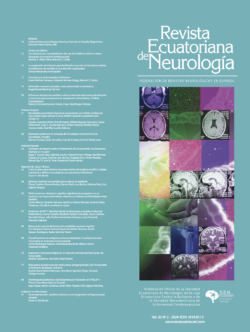In the era of “big data” in health and healthcare, the need for high-quality information on population health has never been more critical. In the context of cerebrovascular events (CVD) in Ecuador, the increasing burden of the disease, the inequity in the distribution of neurologists, and the recent enactment of the Universal Health Care Law underscore the urgency of establishing effective networks between primary care and hospitals prepared to treat CVD. This article reviews the existing literature and evidence highlighting the role of primary care providers (PCPs) and specialists in the different stages of CVD management, as well as care transitions and the use of telemedicine/teleneurology.
The experience in Ecuador with the “Act with Speed” campaign launched by the Vice Presidency of the Republic in coordination with the Global Angels initiative provides a valuable model. This campaign has certified hospitals as Stroke Ready Centers, trained thousands of professionals, and raised awareness among the population about the importance of a rapid response to a CVD. Implementing a CVD referral network between primary care and specialized hospitals could significantly improve patient outcomes, especially in underserved areas.





